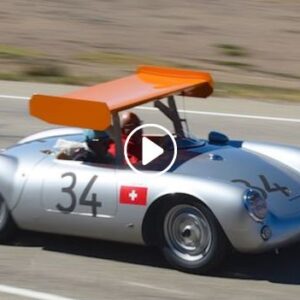
Buying the Lancia Fulvia Sport Zagato today is a double-edged sword. On one end, you have one of the best cars from the Italian automaker, while on the other, you have to put up with its unreliability. Rust is Lancia Fulvia’s biggest problem. Parts availability is also a headache, as many components are practically unavailable. Minor repairs tend to be quite costly as a result.
9 Maserati Biturbo
Maserati introduced the BiTurbo grand tourer in 1981 as a rival of the BMW 3 Series. Initially, the car was a strong seller, but sales declined in subsequent years due to poor build quality and reliability. As a result, the coupe version lasted until 1990, while the open-top Spyder version lasted until 1994.

Due to recurring mechanical problems, only a tiny fraction of all Maserati BiTurbos produced are still on the road today. In 2007, Time voted the BiTurbo as the worst car of 1984 while it emerged at position 28 in the BBC book Crap Cars. The BiTurbo also competed in the 1987 and 1988 Touring Car Championships without success, mainly due to overheating problems in the carburetors.
8 Maserati Shamal

Meant to represent Maserati’s top-of-the-range BiTurbo series of cars, the Shamal was the brand’s most expensive car during the 90s. Under the hood was a twin-turbocharged V8 engine, good for 322hp, but the most exciting feature was the Koni adjustable suspension that foreshadowed modern adaptive dampers.
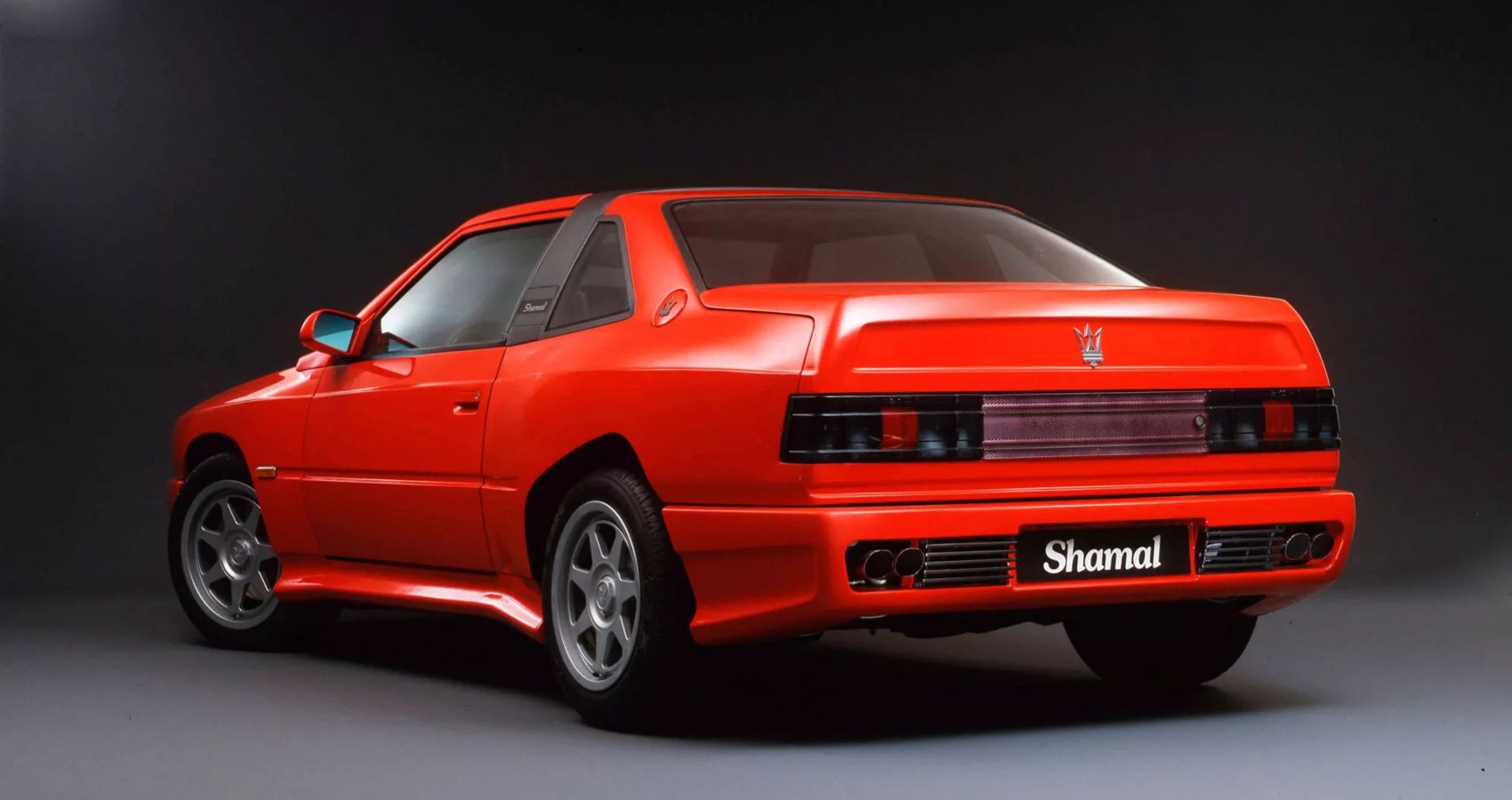
As impressive as the car was, it turned out the Shamal was a revamped BiTurbo masquerading as a performance model due to its reliability issues. Technical problems with the unfamiliar turbo technology, poor production quality, and rusting parts tarnished the car and the brand’s reputation.
7 De Tomaso Pantera
-–-Front.gif)
The De Tomaso Pantera is a good-looking exotic supercar, yet it doesn’t get the same love as other Lamborghinis and Ferraris of the early 70s. Sure, it may lack the racing pedigree of such cars, but with the iconic Italian styling and a thumping Ford-V8 engine propelling the car to 60mph in 5.5 seconds, the Pantera has the performance and design of a true 80s supercar.
-–-Front-Right.gif)
Even better, the De Tomaso is more affordable and equally as fun as anything from the Maranello. But like many exotics produced during the time, it suffered from poor quality and lackluster engineering. Corrosion made a mess of the gorgeous steel monocoque in addition to fussy electrics, unforgiving ergonomics, and inadequate cooling
6 Lancia Beta

The Lancia Beta was the Italian automaker’s entry-level luxury car and Lancia’s first new model under Fiat’s ownership. The public and motoring press received it well at its launch, widely regarded as a driver’s car due to its performance and handling. It became Lancia’s best-selling model during the time.

Unfortunately, rusting damaged the car’s reputation, especially the first series cars produced between 1972 and 1975. This resulted from poor rust-proofing techniques and prolonged strikes, but many claim that the automaker built the cars using Soviet steel. Regardless, the corrosion problem was so severe that it weakened the steel subframe.
5 Lamborghini Miura

While the Miura wasn’t the first supercar from Lamborghini, it remains the most influential and iconic performance car. Produced between 1966 and 1973, the Miura was the fastest production car. Enthusiasts claim it was the world’s first proper supercar – the first supercar to feature a rear mid-engined two-seat layout. This layout became the standard for all performance sports cars and supercars.

The Miura is still among the most beautiful cars ever built. Unfortunately, it couldn’t escape from reliability problems. Considered one of the most dangerous supercars, the Miura easily caught fire arising from mechanical flaws, faulty fuel lines, and poor carburetor assembly. The steel frame also rusted easily as it wasn’t rust-proofed. Regular maintenance and repairs today require either deep pockets or a specialist
4 Alfa Romeo 33
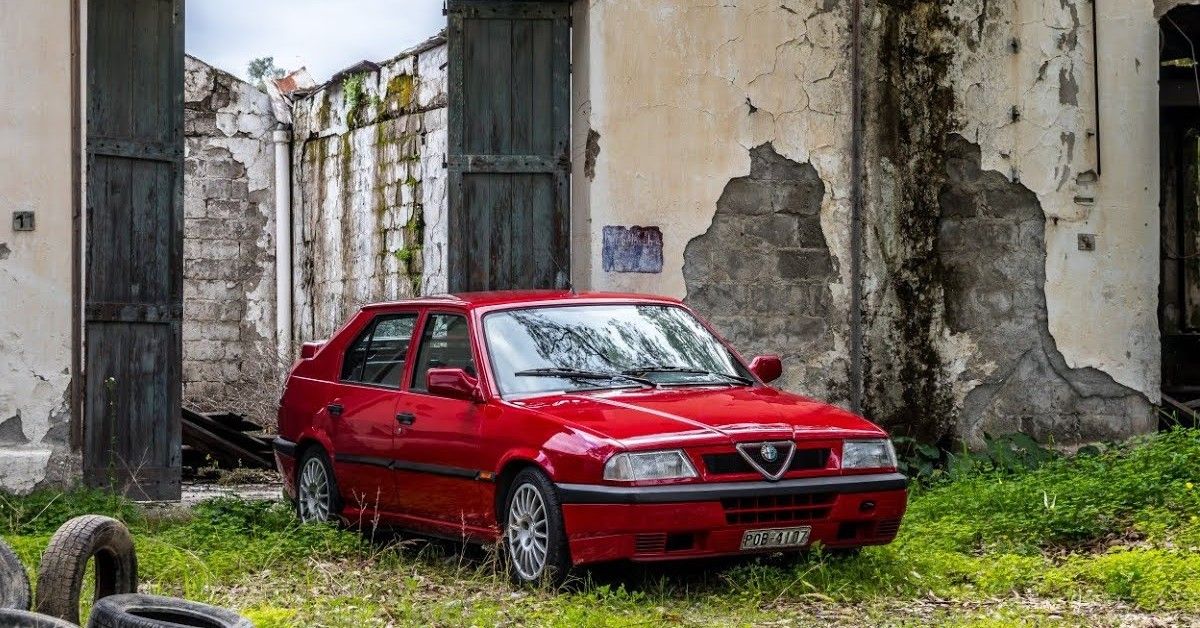
Produced between 1983 and 1995, the Alfa Romeo 33 was essentially an evolved Alfasud as the two shared mechanicals like chassis, floorpan, and drivetrain. Sadly, the car never realized its full potential due to slow sales. By the time the automaker sharpened up things, its adversaries had already overtaken it.
But what went wrong? The first series Alfa 33 produced between 1983 and 1986, suffered from fundamental flaws as the automaker struggled to build quality cars. Despite having powerful engines and agile handling, the car gained a reputation for unreliable electronics and frequent rust problems. While the Alfa 33 is dirt cheap today, regular maintenance costs may surpass the amount you paid for the car.
3 Ferrari F355
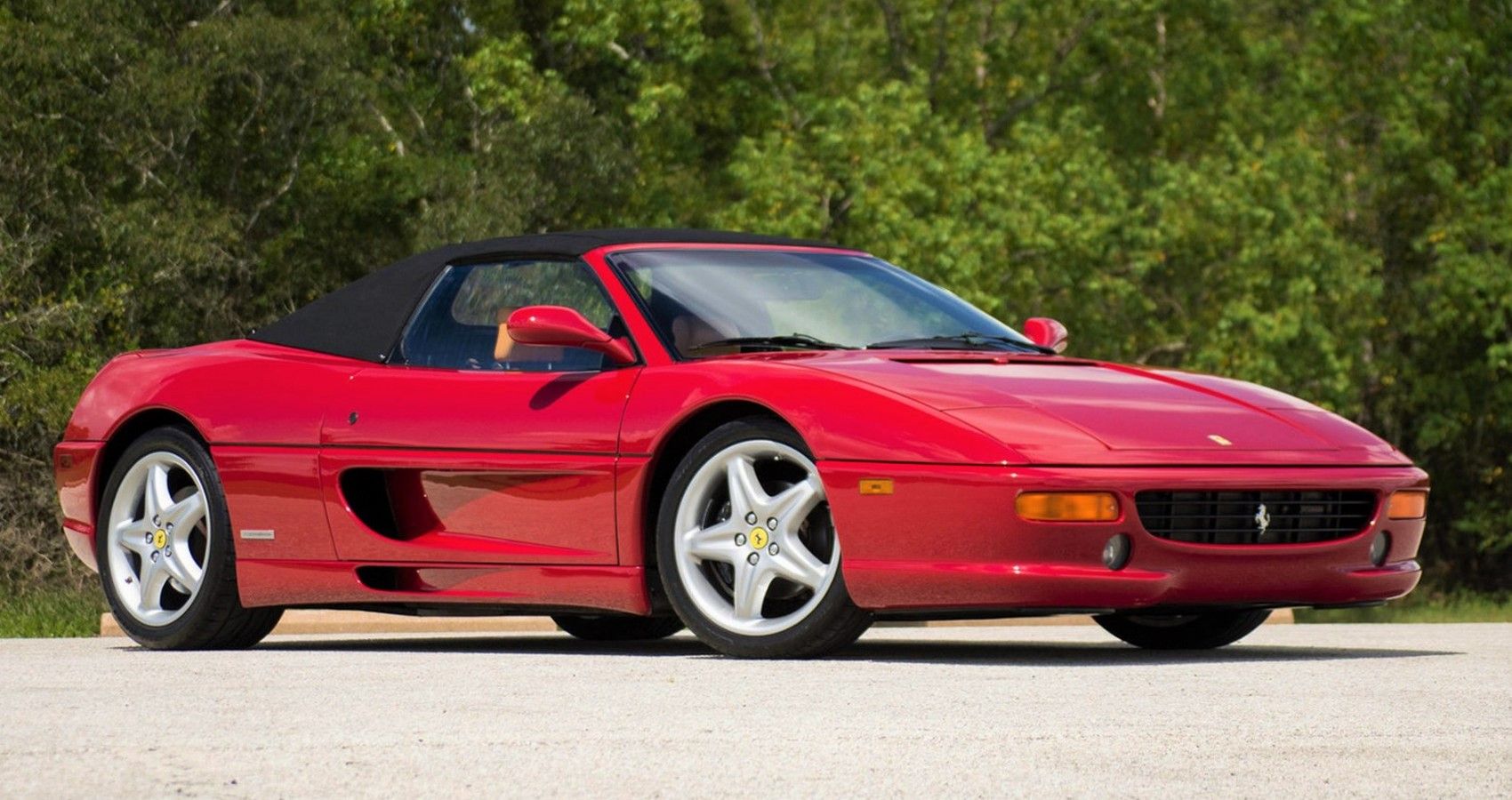
Introduced during the mid-90s, the F355 remains one of Ferrari’s most beautiful cars. The F355 was a revised version of the Ferrari 348 but with improved performance and exterior. While it addressed earlier models’ transmission problems, it still had reliability problems and high routine maintenance costs.
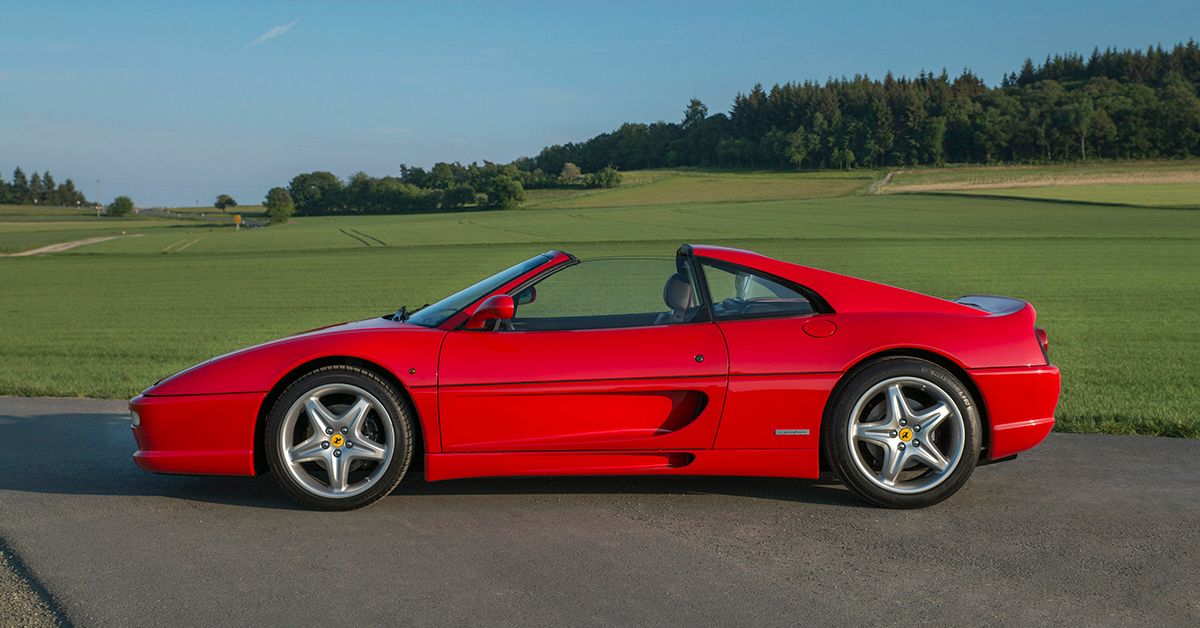
Firstly, any engine-out service will fetch you north of $10,000. The bad news is that even the slightest mechanical repair, such as cam-belt service, requires an engine-out service. Exhaust manifold or headers are prone to failure, and replacing them costs about $5,000. In the worst-case scenario, a complete engine rebuild costs over $25,000.
2 Alfa Romeo GTV6
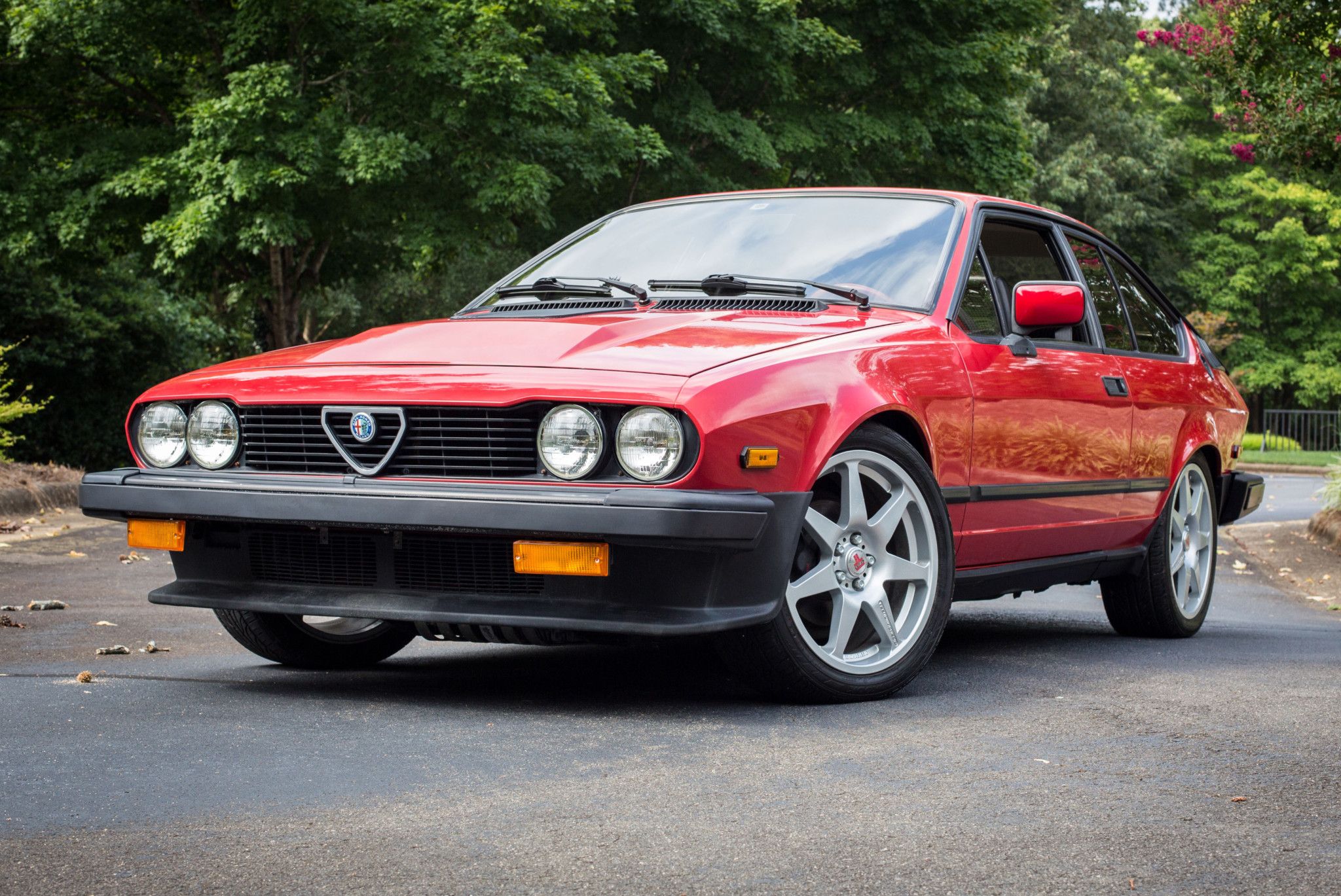
The GTV6 was the final iteration of Alfa Romeo’s GTV model line and received a potent V6 engine in 1981 that produced between 160hp and 170hp. The GTV6 still looks beautiful, even by today’s standards. However, regarding reliability, this exotic car is like a drama queen due to regular repairs and high maintenance that will surely put a dent in your wallet.
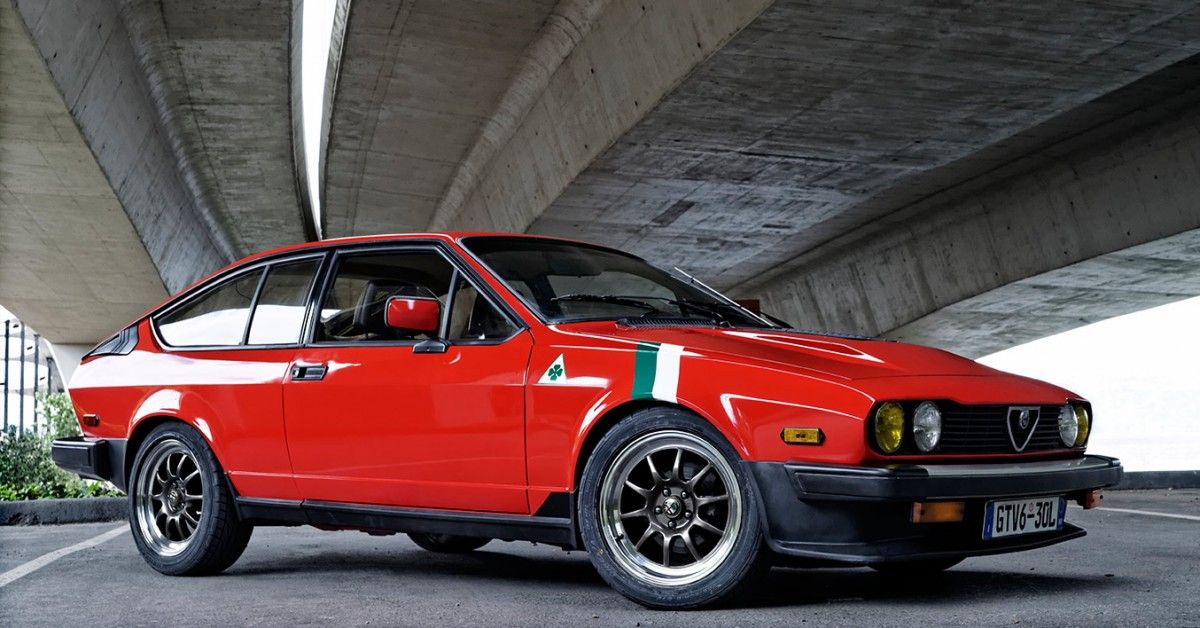
Produced during a time when the automaker was all but broke, the GTV6 suffered from unreliability and other structural problems. The build quality was abysmal, wiring was equally a mess, and in typical 80s Italian style, the GTV6 had its fair share of rust problems. The finicky engine also demands expensive maintenance costs caused by strict adherence to scheduled services like timing chain, water pump, and oil changes.
1 Fiat 850 Spyder

Following the introduction of the 1964 Fiat 850 Sedan, the Italian automaker kickstarted production of the 850 Spider a year later as a direct rival to the Austin-Healey Sprite and MG Midget. But with a mere 47hp on the tap, the Fiat 850 Spider wasn’t precisely a performance monster.
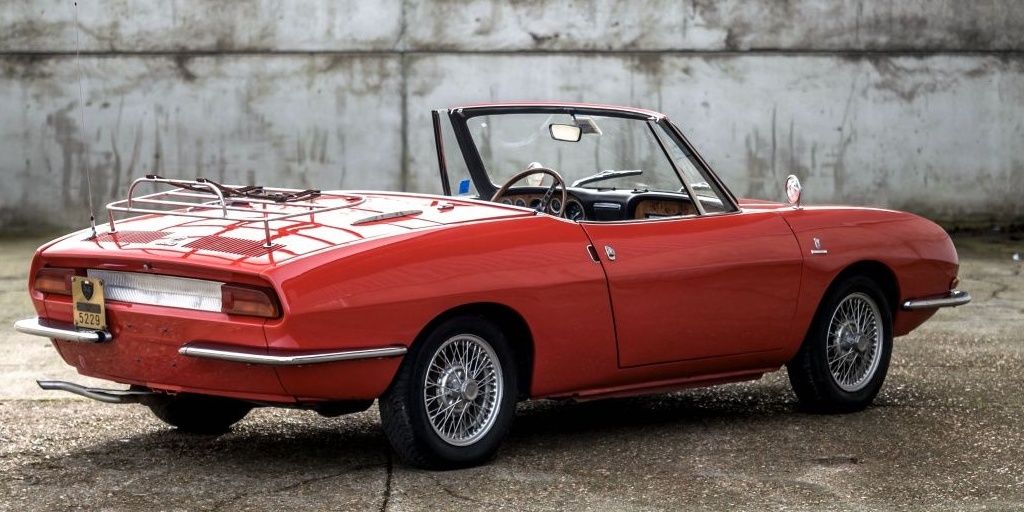
However, despite having Ferrari-like looks, the Fiat 850 Spider was notorious for countless reliability problems. In fact, most cars never fulfilled their owner’s dreams as they rusted away quickly. Consequently, rusting subjected many 850 Spiders to recalls before hitting the sales floor. Today, you can hardly find an 850 unit that doesn’t need restoration. And chances are part of its floor is probably missing




